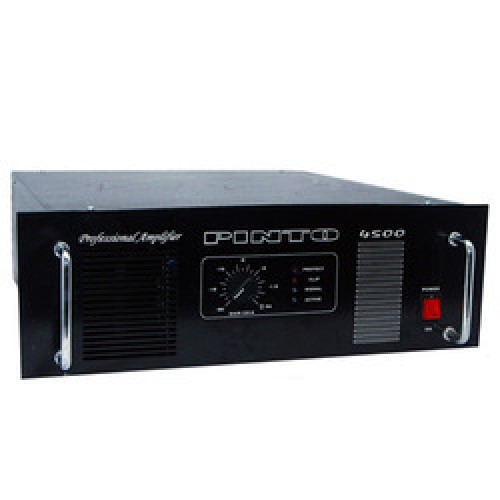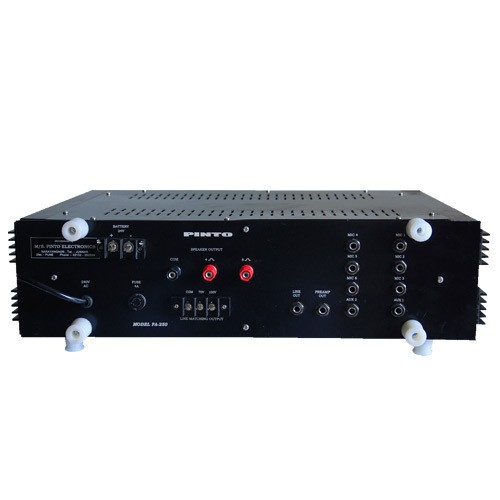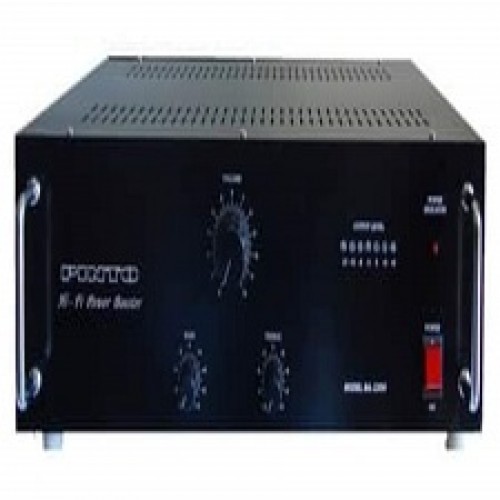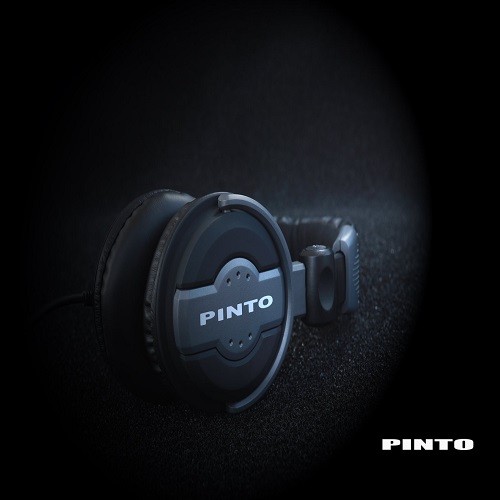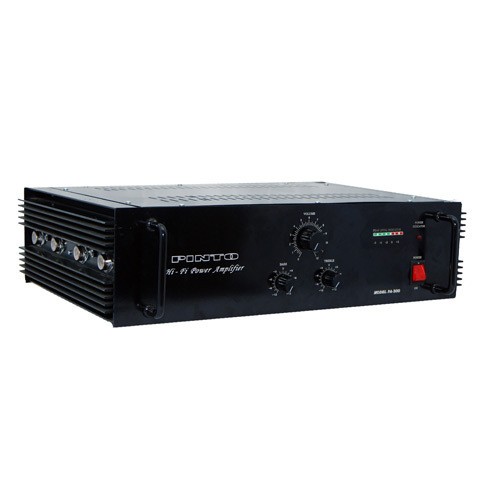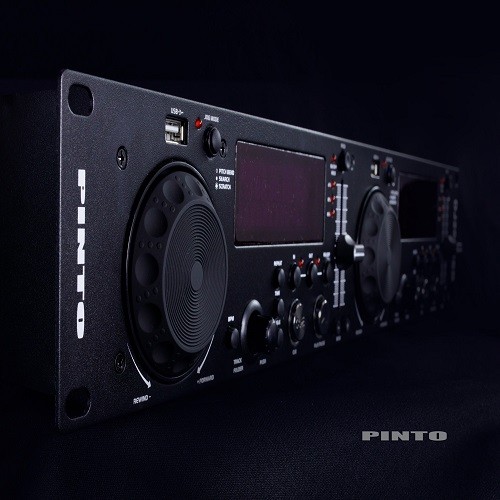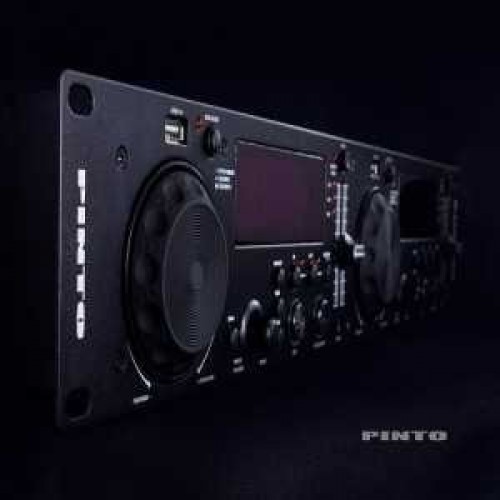
How to choose an Media Player
22 Apr 2022
It is important to pick an Media Player that is suitable for powering your speakers. For one, this will ensure the excellent possible sound quality, but it will also help protect your equipment. Choosing the wrong Media Player can put you at high risk of damaging your speakers or the Media Player itself. I'll help you find the key specifications for your speaker and your Media Player to make sure they're a good fit.
Impedance
Impedance is measured in ohms and refers to the resistance that a circuit presents to electric current. A speaker will "interrupt" the flow of electricity being created by the Media Player. The first step is to determine the nominal impedance of your speaker or speakers. You can find the nominal impedance of your speakers in the technical specifications on the manufacturer's website. Often, the speaker's nominal impedance will be written on the label of the speaker itself. Most speakers have a nominal impedance of 4, 8, or 16 ohms.
Power
Power is measured in watts and considered the rate at which energy is transferred. Your speaker's power rating can also be found in the technical specifications. You will probably find multiple power ratings. Peak power is considered the maximum short-term power that a speaker can handle without loss. We're more concerned with how much power a speaker can handle over an extended period of time. This is the speaker's continuous power rating.
High power doesn't necessarily mean louder. Loudness is generally determined by the sensitivity of the speaker, which can vary. Some speakers will deliver more sound than others when supplied with the same power level from an Media Player.
